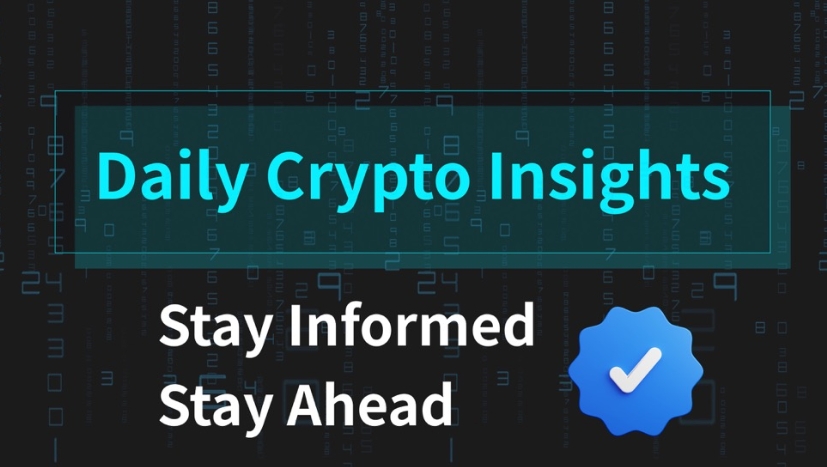Crypto crime research group SEAL Org unveils new way to report potential phishing sites
Quick Take The crypto crime investigation unit unveiled a new way to report potential phishing sites that use increasingly sophisticated ways for hackers to conceal their tracks. SEAL’s Verifiable Phishing Reporter uses a cryptographic scheme designed by the team called “TLS attestations” that proves whitehat researchers see what victims see.

The Security Alliance , the crypto crime investigation unit better known as SEAL, unveiled a new way to report potential phishing sites that use increasingly sophisticated ways for hackers to conceal their tracks.
“Traditionally, automated scanning of URLs encounters all the problems typically faced by web scrapers, including CAPTCHA and anti-bot protections. In addition, scammers have developed ‘cloaking’ features to serve benign content to suspected web scanners,” SEAL wrote on Monday. “What we needed was a way to see what the user was seeing.”
SEAL’s new “ Verifiable Phishing Reporter ” uses a new cryptographic scheme designed by the team called “TLS attestations” that enables whitehats — ethical hackers who identify and report security flaws — to inspect websites as they appear to potential victims.
The key issue, SEAL notes, is that the internet’s Transport Layer Security does not natively support the generation of session transcripts, opening the door for a third party to “simply lie about what the remote server said.”
“Through this program, users can submit attestations for sites that they believe contain phishing content. We will then verify the submission and ensure that it is both properly signed and also contains evidence of malicious activity,” SEAL wrote in a blog.
According to SEAL, Verifiable Phishing Reports was tested over the past month or so in a private beta release and will now be available publicly.
The organization, officially launched in 2024, has previously released several tools designed to investigate and prevent fraud in the crypto ecosystem, including the SEAL-911 Telegram channel to report instances of crime and SEAL-ISAC, or Information Sharing and Analysis Center, that connects victims to expert researchers.
SEAL, which operates as a non-profit, has received backing from a16z crypto, Ethereum Foundation, and Paradigm, among dozens of other notable donors and partners.
Disclaimer: The content of this article solely reflects the author's opinion and does not represent the platform in any capacity. This article is not intended to serve as a reference for making investment decisions.
You may also like

Mars Morning News | Starting this Thursday, the United States will fill in missing employment data and release a new batch of economic data
The United States will fill in missing employment data and release new economic data. The Coinbase CEO is looking forward to progress in crypto regulatory legislation. Market participants predict the market is nearing a bottom. Phantom has launched a professional trading platform. Trump hints that the candidate for Federal Reserve Chair has been decided. Summary generated by Mars AI This summary was generated by the Mars AI model, which is still being iteratively updated for accuracy and completeness.

Countdown to a comeback! The yen may become the best-performing currency next year, with gold and the US dollar close behind
A Bank of America survey shows that more than 30% of global fund managers are bullish on the yen's performance next year, with undervalued valuations and potential central bank intervention possibly paving the way for its rebound.

Gemini 3 arrives late at night: surpasses GPT 5.1, the era of Google large models has arrived
Google has defined it as an “important step towards AGI” and emphasized that it is currently the world’s most advanced agent in terms of multimodal understanding and depth of interaction.

Trending news
MoreBitget Daily Digest (Nov 19) | SEC Removes Special Section on Digital Assets; Bitcoin Drops Below $90,000 with Over 170,000 Traders Liquidated; Solana ETF Launches Today
Mars Morning News | Starting this Thursday, the United States will fill in missing employment data and release a new batch of economic data
